Showcase. Building Storefronts
Subject content
The objectives of the showcase are primarily for the Buyer , and they are carried out through the work of the Seller / Trading Network:
- To stimulate the buyer exactly to the purchase in which the store is interested.
- Display the store's philosophy and, as a result, the philosophy of the branded sales concept .
- Attract a large target audience to the store.
- To form informational support of the buyer (basic assortment, novelties and variations, sales, price treat, advantageous offer).
- Display the collection creation legend .
A showcase is a brief summary of everything you want to say to a customer, this is the cream of advertising and marketing tasks, this is a personified unique offer!
Sales figures
- Conversion - the number of purchases in relation to the number of visitors to the store,%.
- Penitration ,% penetration of goods from a shop window into checks.
- Number of checks for the period, pcs.
- Number of customers who came, people
- The average check for the period, money.
- Turnover for the period, money.
- The cost of creating windows, money.
- Income for the period, money.
- Dynamics of change in commodity turnover of commodity groups and collections for the period,%
- Customer satisfaction with the storefront - survey,% of positive responses.
Showcase. The content of the topic.
- Showcase and image of the store.
- Types and types of windows.
- Stages of development and implementation of the design project.
- Development of a conceptual idea of window dressing:
- Creating an emotional background.
- The composition and color scheme of the exposure.
- The role of lighting in the display exposition, the types of illumination, the overall composition of the lighting.
- Showcase decoration elements:
- The basic rules of window dressing.
1. Showcase and brand image. 4 Basics
- Storefront is a powerful tool to attract customers. In fact, the showcase performs an advertising role , representing the company and its products. According to the latest research showcase - this is one of the few types of advertising that does not irritate consumers.
- In the window the buyer learns about: assortment, receipt of a new collection of sales period.
- According to statistics, 80% of passing customers go to the store not to find and purchase a specific product, but simply from the desire to make some kind of purchase.
- A well-designed shop window provokes a momentary desire to buy the thing presented in the window, and also creates a desire to return to this store again .
When developing the storefront concept, the following factors are taken into account:
- The value of the flow of customers (small, medium, active).
- Location / location of the store in the Shopping center or street (AAA, AA, A, B, C).
- Store class (inexpensive, medium, luxury).
- Brands, trademarks, which the store represents.
- Groups of products that the store represents.
Shop - window design is applied knowledge, a technique associated with the visual presentation of goods in a store.
She studies, first of all, the marketing rationale for the organization of the storefront as a tool for product promotion .
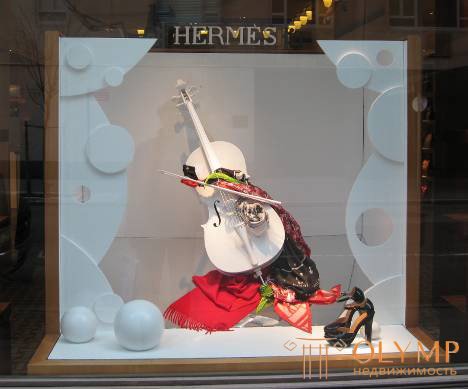
Showcase and brand image through the image of the showcase:
- The image of the showcase: attracts, neutral, repels.
- The secret attraction of the trading floor: a fully closed “cat in a bag”, a half-open “sun spout”, an open “naked king”.
- The composition of the display case contains a group of equipment (background, lighting, mannequins, catwalks, design): primitive, incomprehensible, advanced.
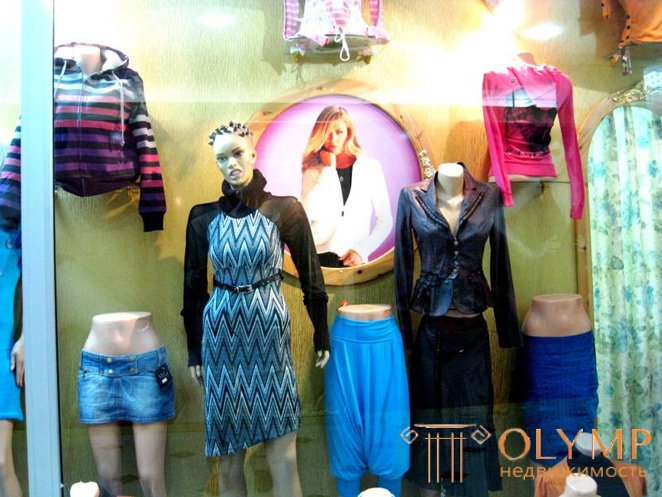
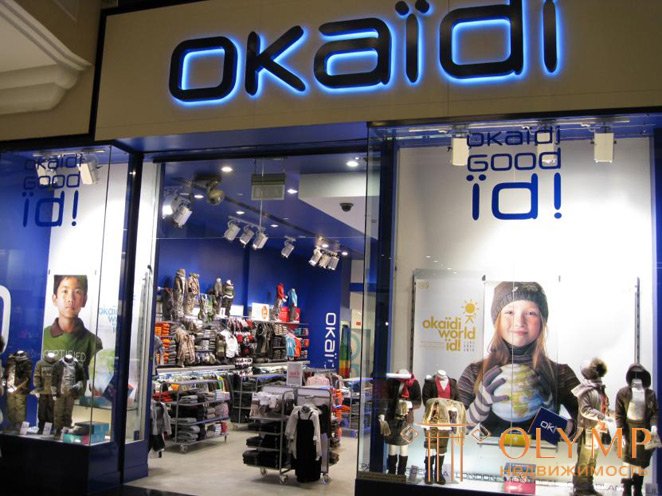
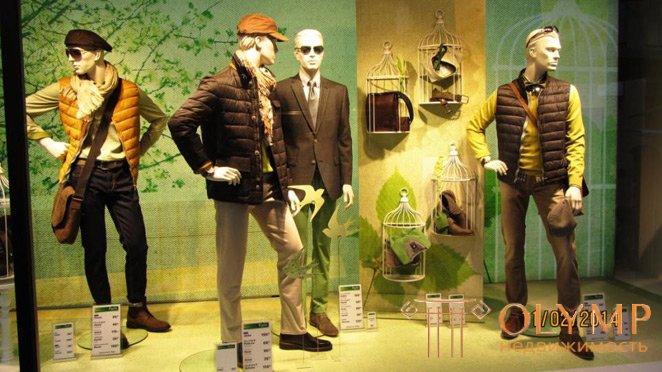
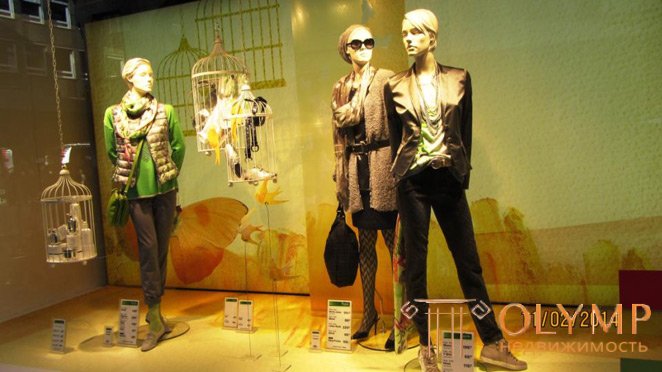
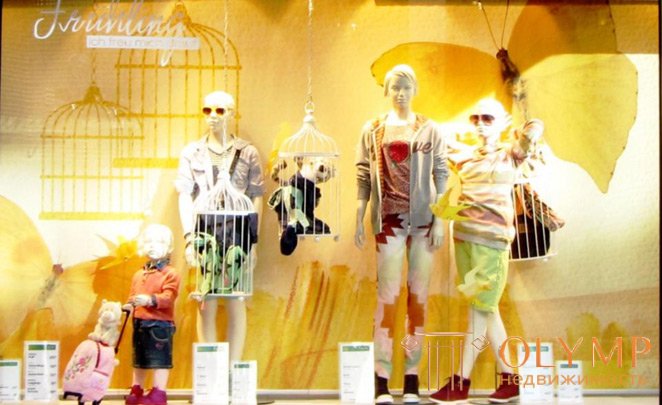
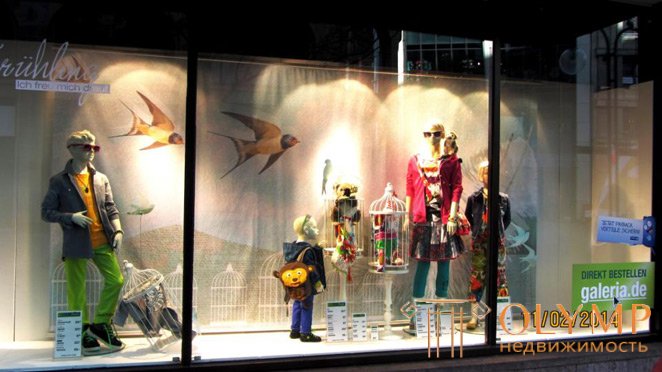
The marketing rationale is the KTA Trading Stock Calendar , tied to the periodic peaks of customer activity during the calendar year. CTA is the basis for preparing the network to organize the flow of customers .
Based on the flow of customers, the type and location of the store, the positioning of the brands represented in it, the budget, and many other factors, the concept of shop windows is compiled. This is the message that the store wants to convey to the buyer. It is this message that the designer tries to express using artistic methods .
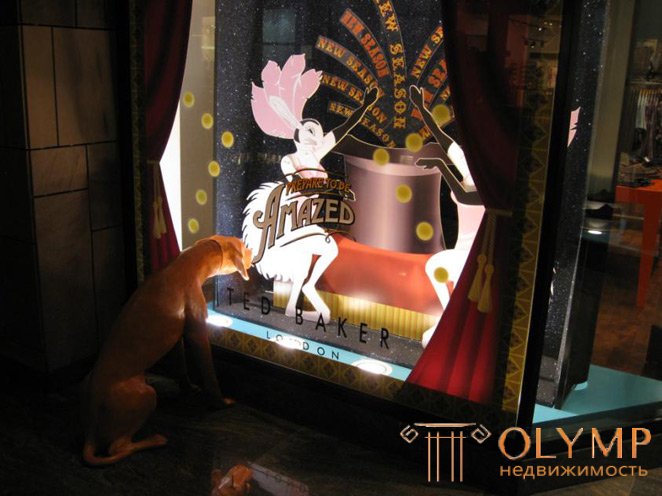
Trading promotions like Olympics retail:
- Trading promotions = checking the network team for participation in the Olympics.
- Trading stocks should be planned on the basis of the annual trading calendar .
- The calendar of trading activity for the next year should be created in October and approved in November . In December you have to trade, i.e. participate in the Olympics !
- The preparation of a trade promotion contains 17 steps and begins no later than 7 weeks before the date of the promotion.

Calendar of trading activities
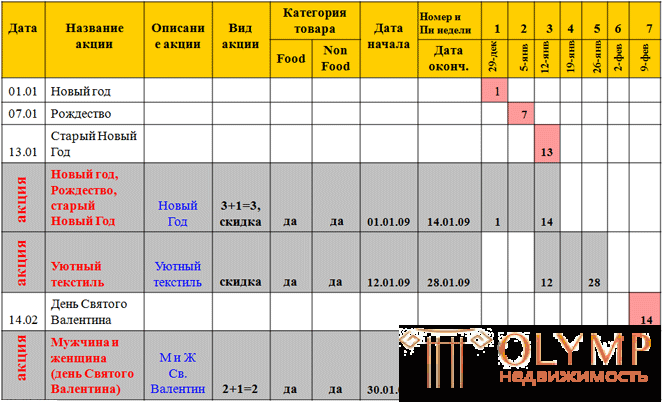

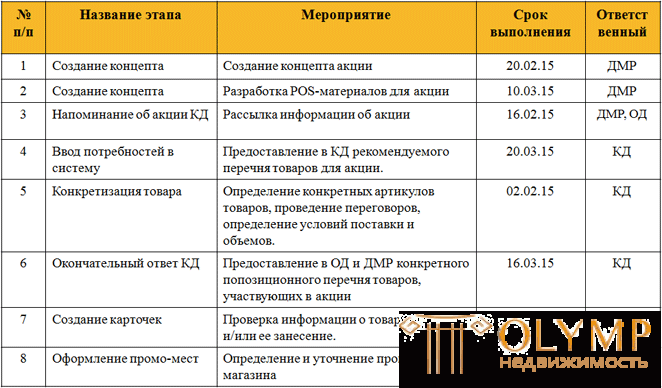
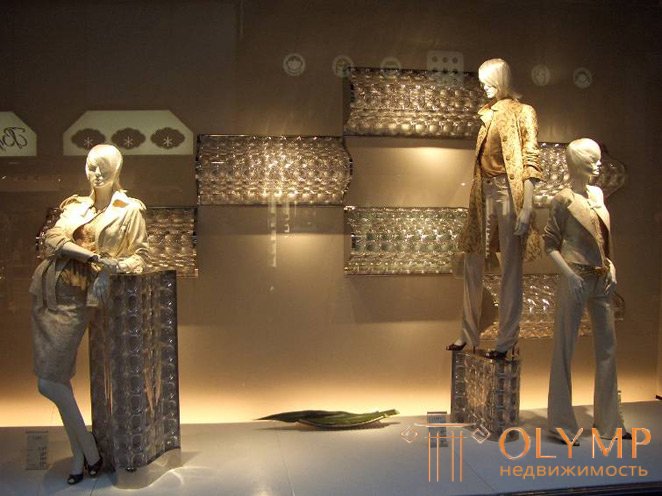
The main tasks of the storefront as a functional element of the store are as follows:
- To acquaint with the assortment of goods on sale, to remind you of the approaching season .
- Advertise new items , reflect the new fashion direction .
- To report on the existing methods of trade in the store and the special services offered to the buyer.
The value of shop windows is also in the promotion of a culture of clothing, aesthetics of life.
Tastefully decorated showcases orient the customer to new fashion trends, teach them to correctly select individual toilet articles, set the table, furnish an apartment, etc.
Storefronts tell customers about the additional services that retailers provide them.
In addition, shop windows are the main element of street decoration (urban and shopping). They enliven them, make them festive, elegant.
The brightly lit windows of the shops, along with signs and illuminated advertising, serve as a colorful evening decoration of modern cities and other settlements.
Showcase can be decorated in any style! Showcase can not be faceless!
If there is an opportunity and means to arrange a beautiful storefront in the store, you need to use this opportunity.
The appropriateness of the device windows in the store is determined by the architectural features of the building and premises, climatic and urban planning conditions.
At night, bright and elegant windows illuminate the streets, adorn the city and attract customers with their light.
In many large cities, talented windows are the same attraction as fountains or sculptures, tourists come to the store specifically to look at the window, take pictures.

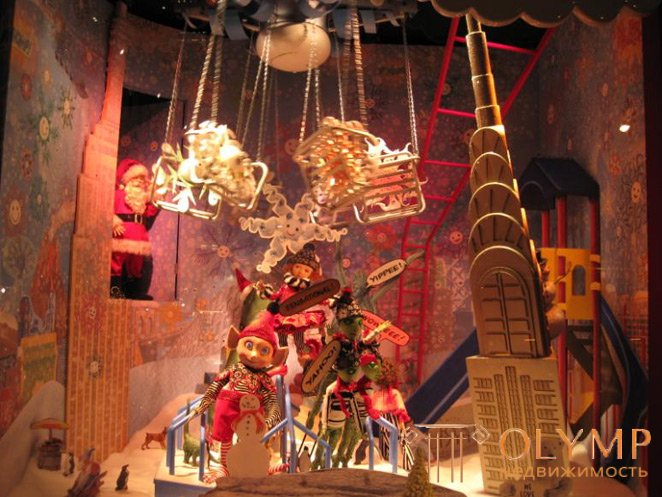
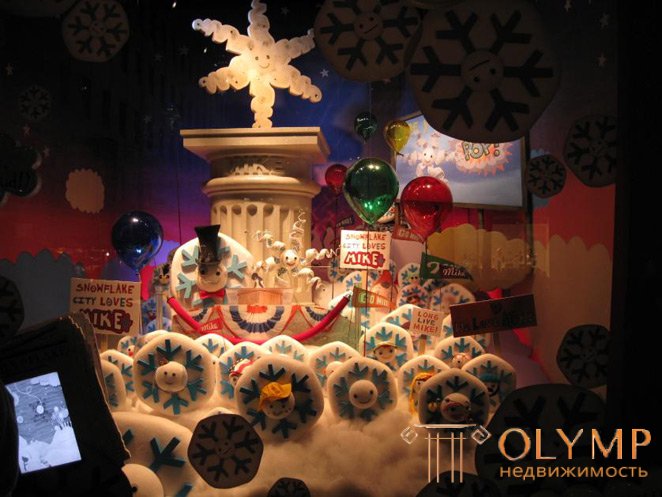
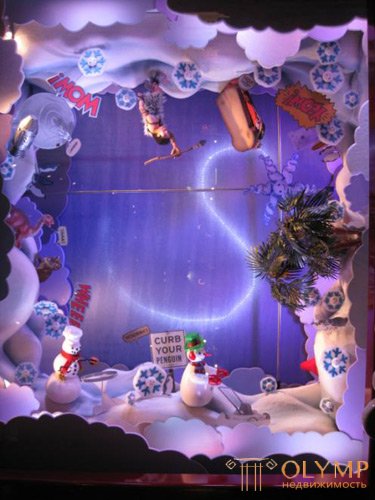
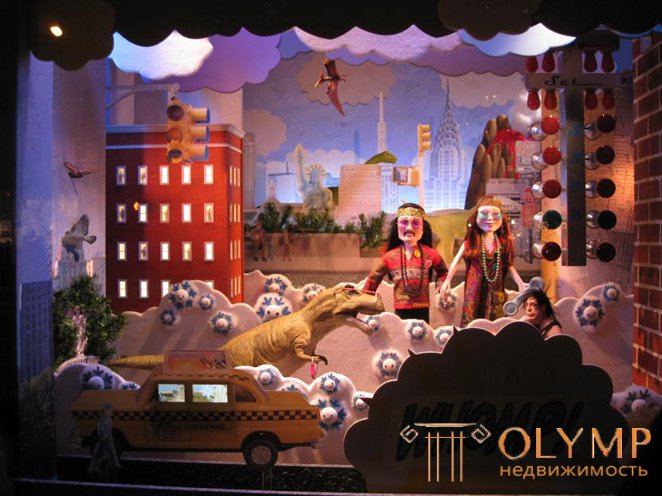
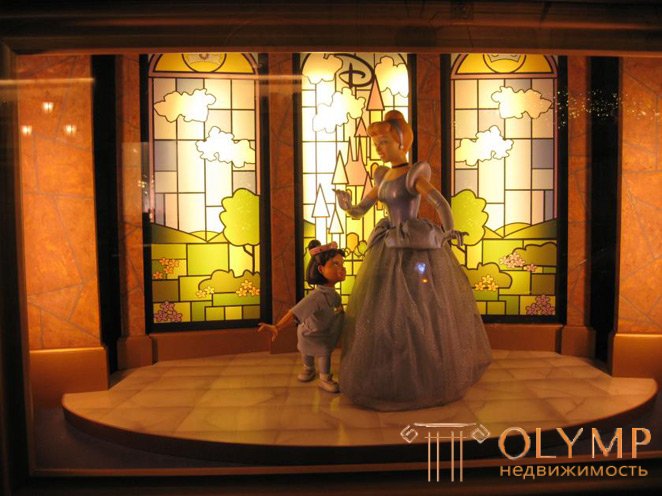
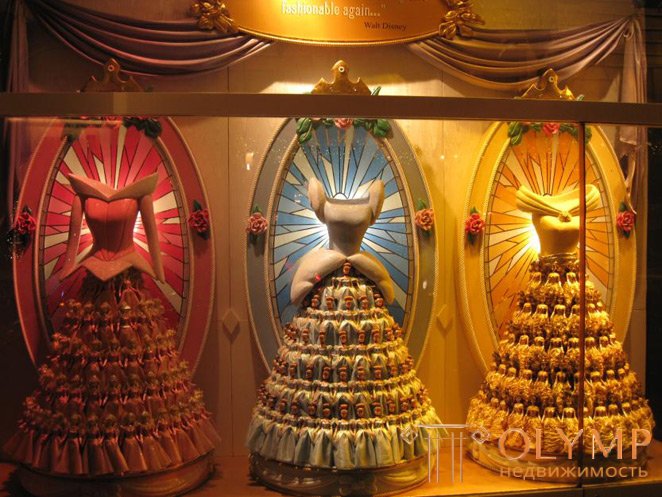
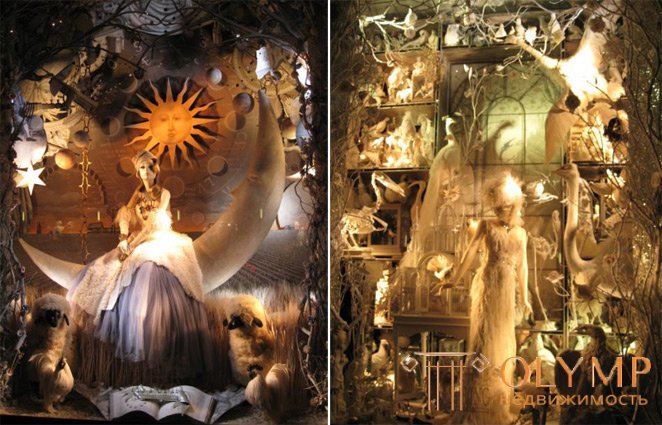
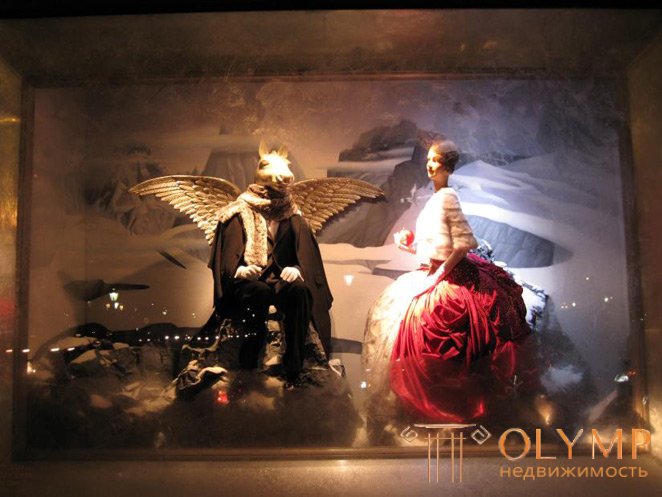
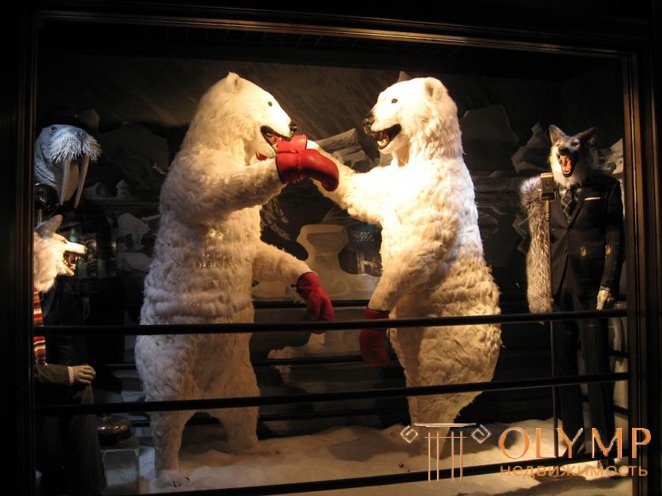
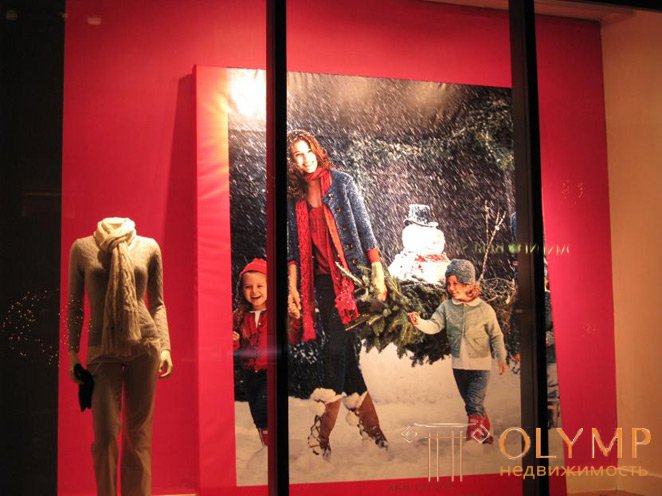
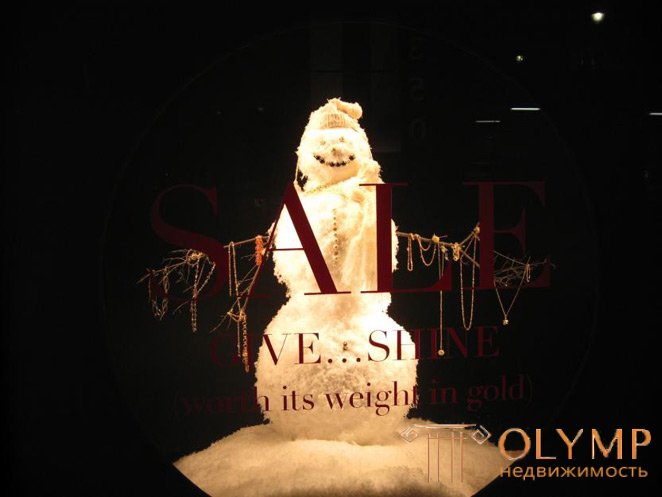
It is rather difficult to accurately measure the effectiveness of a particular storefront as an outdoor advertising store, but if people constantly stop in front of the store window and discuss it, and customers entering the store ask for the product “just like in the store window” , this means that the window dressing is really good.
The influence of the shop window on the number of customers who entered can reach + 300% (measured after the creation of Orchestra New Year's windows, Mega 1 2012, 900 visitors against 300 ). The presence of an art showcase largely determines the status of the store .

2. Types and types of windows
Classification of windows by length and placement on the facade:
- The only extended showcase. The presence of such a display is a great success for the store. A large glass area and freedom of action, not limiting the imagination of the artist, provides great opportunities. In addition, an extended showcase allows you to lightly illuminate the entire facade of the store.
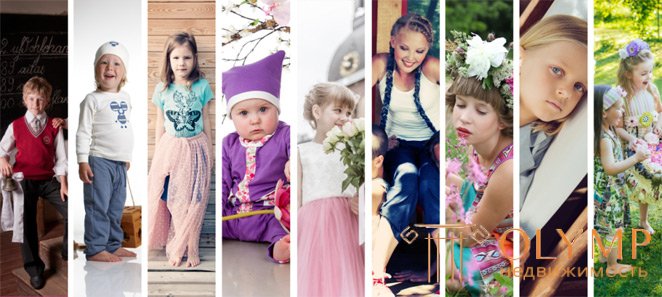
- Multiple showcase. The modular grid allows you to create a series of artistic solutions, forcing the audience to consistently inspect the showcase behind the storefront, like pictures without looking up. It is possible to create the effect of “frames”, consistently developing the plot of window dressing.
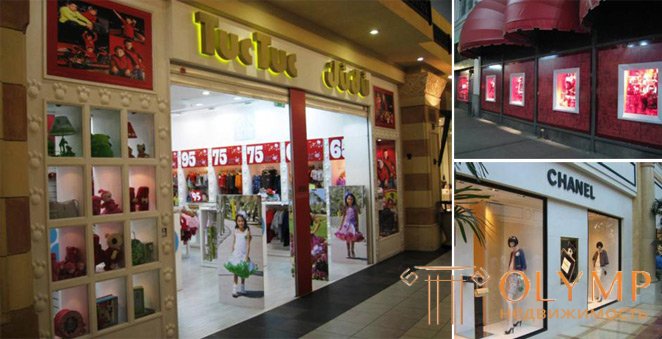
- Showcase on 2 floors . For promotional purposes, you can create a beautiful and original storefront on 2 floors of the store. The exposition should be composed of the largest and most spectacular elements, and then it will attract attention from a sufficiently far distance.
- Multi-storey showcase . Allows you to apply a variety of non-standard solutions in the design, to open up to potential buyers a convenient layout, tectonics, communications and interior appeal of the store. Such a showcase creates vertical dominants on the facade, makes the store more visible.
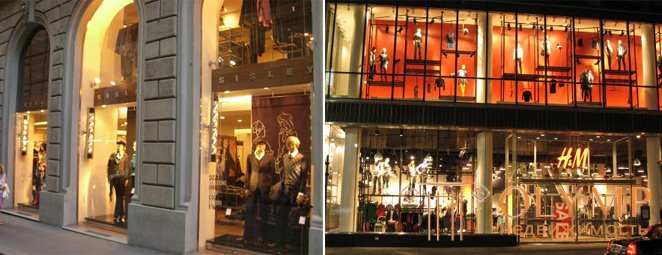
- Corner showcase . A very effective tool for influencing passersby. The effectiveness of such a display case is due to the visual activity of the angular form, intercepting pedestrian flows from 2 streets and a sufficient area to create a three-dimensional composition. The compositional display solution should be designed for quick visual perception.
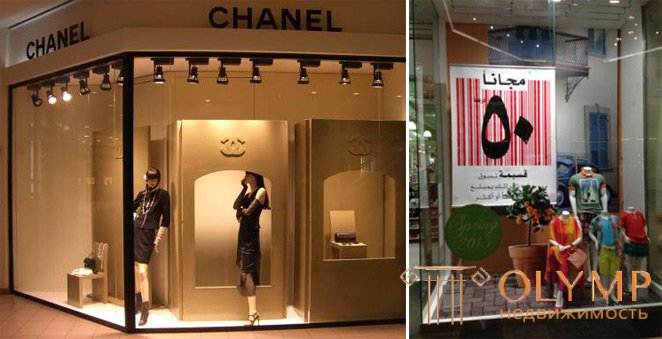
Classification of windows according to the degree of openness:
- Open storefronts are called if outside through them you can see the commercial space . Open windows are used when the interior of the store is attractive. The design of the retail space determines the design of the shop window. When designing an open window, attentive to the selection and placement of commercial equipment, visible from the street. Open windows increase the store turnover by 10-15% only if the internal design of the store itself attracts .
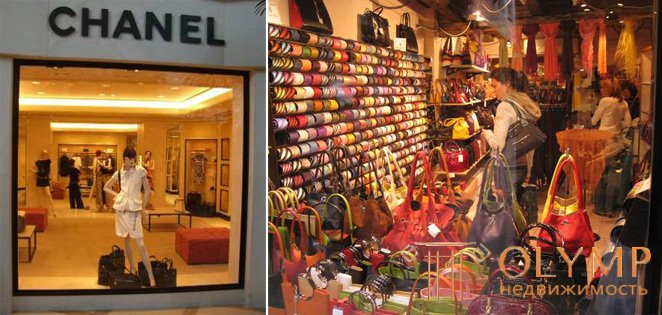
An open shop window is the most rarely successful solution in children's shop window dressing!
It is used exclusively in stores with the strategy "SAVE MONEY" .
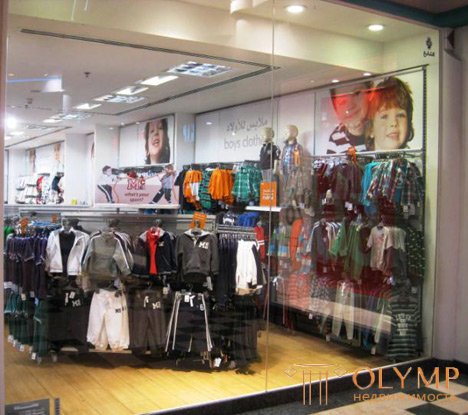
- Closed windows. The space of the shop window is fenced off from the interior of the sales area with a special partition. Such display cases are used, for example, in the case when the layout of commercial equipment does not allow creating a beautiful view from the street: the narrow shape of the store or cash place right at the storefront or the insufficient size of the front entrance with a showcase is the task to use the smallest window area. The back wall of the display case is decorated with a background : advertising posters or banners, painted or upholstered with a fabric as decided by the designer. The space of the showcase is made in the corporate style of the store. Closed showcases can vary significantly in depth - from almost flat to showcases of considerable depth, allowing you to create a complex and multi-faceted space inside.
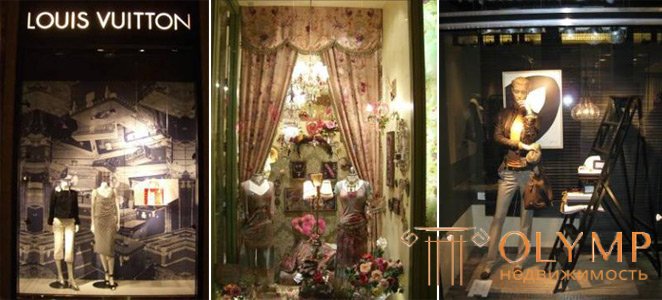

The closed show-window is often the most successful solution in children's showcase!
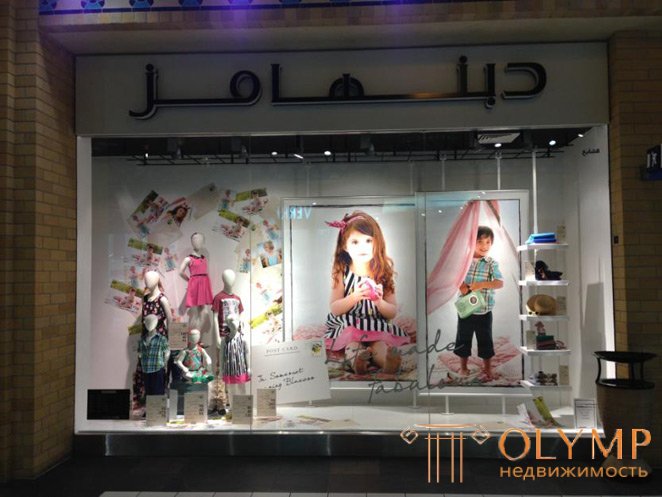
- Half open showcase. Storefronts through which the space of the sales area is only partially visible, blocked by the artistic composition in the storefront or by specially designed walls and partitions.
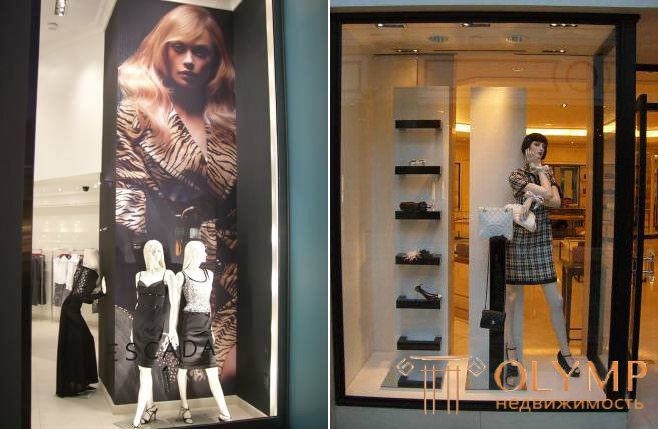
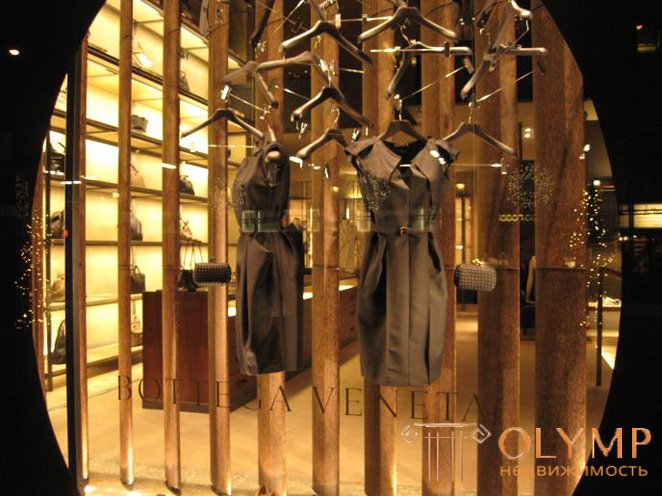
A semi-open shop window is the most successful solution in a children's shop window!
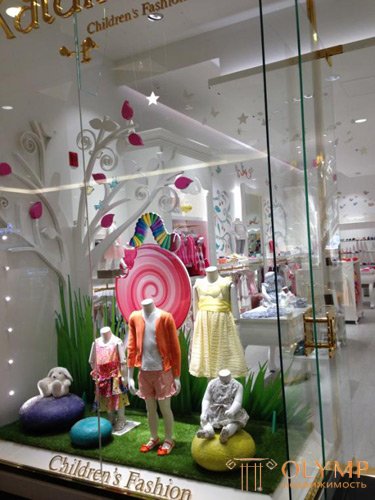
A half-open shop window - can often be a good solution in a children's shop window!
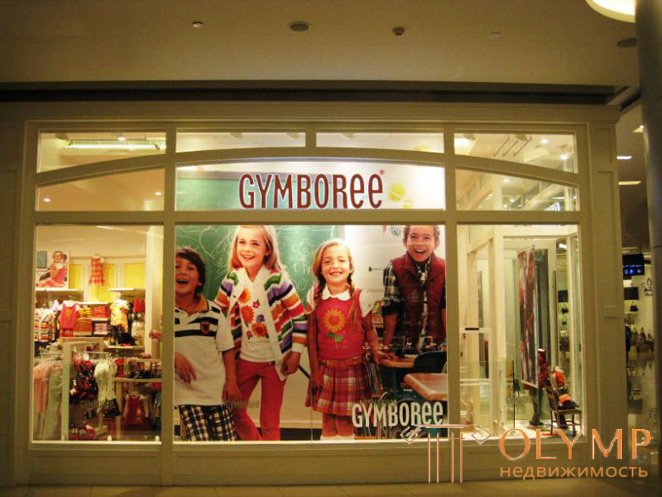
Classification of windows according to the artistic decision of the exposition:
- Commodity showcases. The main design element of the storefront is the display of the main assortment of the store. Mannequins, stands, catwalks, company price tags, images complete the artwork.



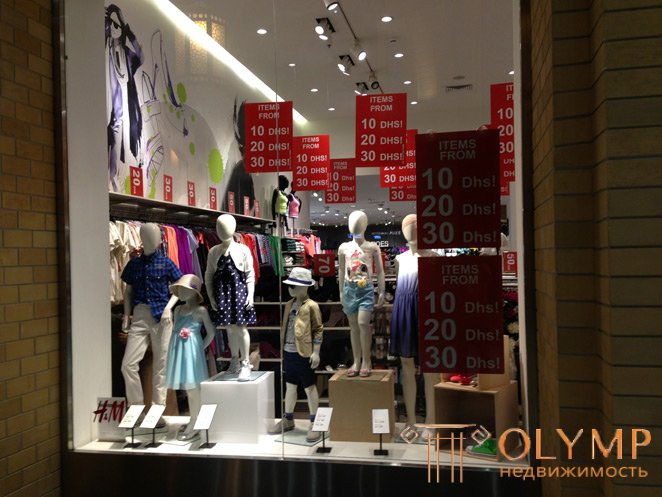

- Story windows. Conceptual design work that attracts the attention of passersby. Associative correlates with the store specialty. With this approach, designers create a complex still life or an entire scene, exposing not so much goods in the window as ideas and images associated with these goods.
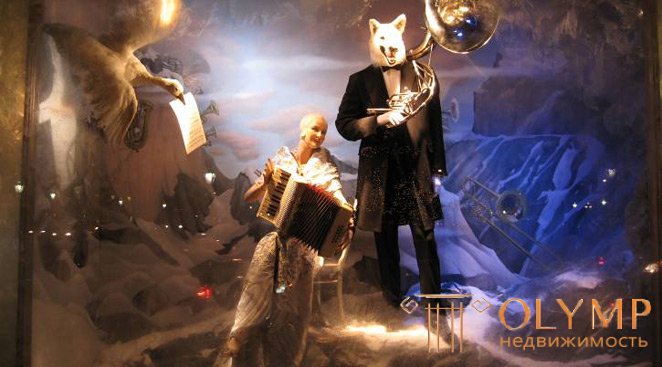
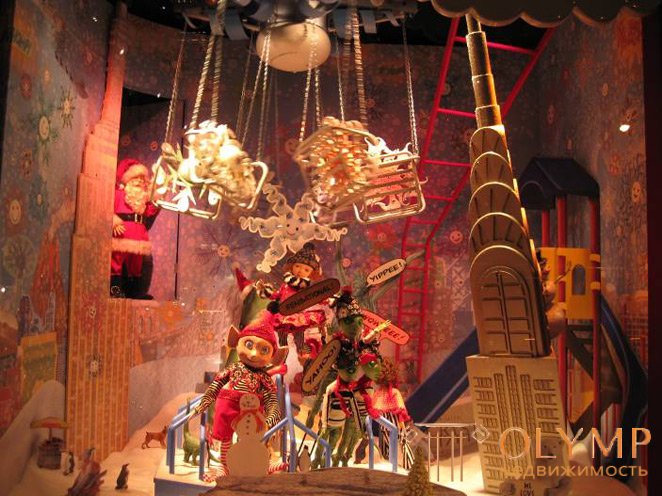
- Commodity story windows. Part of the store's range is exposed in an unexpected and original way, original still lifes are being constructed, dolls are being set, decorated with flowers, and large advertising materials.
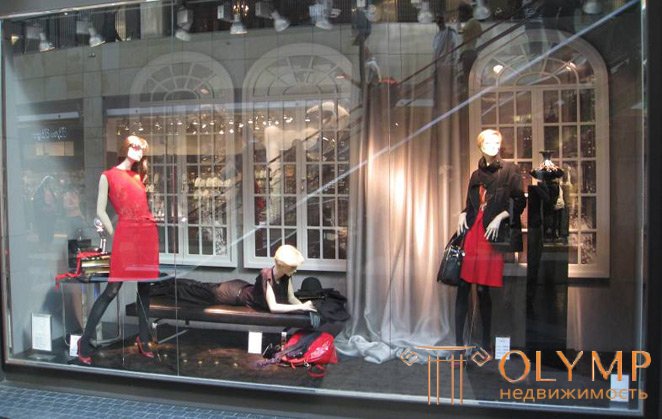
Story windows are the most designerly complex type of windows.
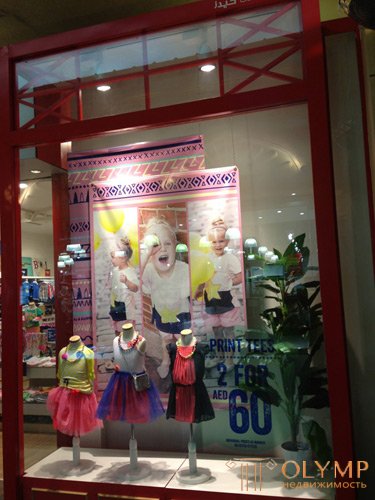
- Promotional. Storefronts reporting discounts and sales. Designing an attractive promotional showcase is a challenge when plotting and product-plotting shop windows. In the worst cases, a discount “-50%, - 60%, -70%” is written on the glass of the display case with markers or colored self-adhesive films, at best - a creative designer creatively plays with the theme and its design .
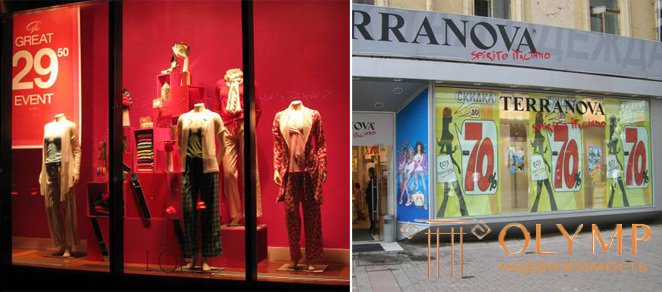
That's how much of everything you can get as a gift to your loved one , and most importantly, in such a presentation about yourself you will not forget!
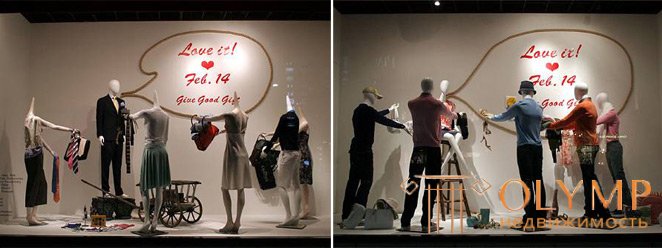
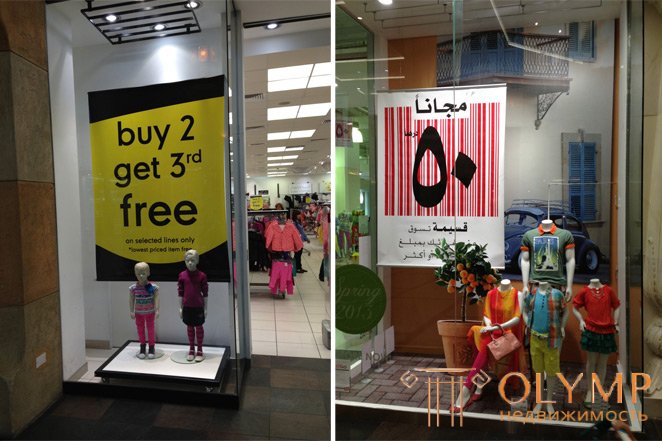
Rules for window dressing:
- Clear orientation to the target audience .
- Compliance with the corporate style of the store.
- Create an expressive image with the right lighting.
- Regular exposure changes .
- Well maintained look .
3. Stages of development and implementation of a design project
- Trend analysis .
- Image creation.
- Preparing sketch ideas.
- Design project development .
- Preparation of visual and graphic blocks.
- Organization and supervision of implementation.
Practical steps:
- Selection of a list of important periods of consumer activity by KTA. Trend analysis.
- Measurement of the sizes of shop windows in a chain of stores, photographing existing facades, determining the dimensions of the minimum replicable module of a shop window. The network solution should be replicable for the windows of all stores .
- The choice of the type and type of used showcase. The basic solution depends on it.
- Coordination of a set of basic equipment for the display composition (podiums, mannequins, lighting, background walls, design elements of the composition, etc.).
- Preparation of moodboard - conceptual idea, image . The goal is to identify and present a tendency, to inspire, convey a mood, set a theme, create an image corresponding to the period of KTA.
- Preparation of a blueprint for several forskisk design of the basic solution , in other words, the outline of the future showcases, sketch-idea .
- Choosing a sketch and preparing a design project - a detailed study of the sketch, creating plans for the location of window elements in AutoCAD, scans, detail drawings, 3D visualization, recommendations on the materials used, examples of product presentation, price tags, discount announcements, spatial structures.
- Preparation of visual-emotional, informational and graphic blocks, photography, etc.
- Organization and supervision of the execution of the first showcase. Making clarifications.
- Execution and control of shop-windows circulation .
Image creation
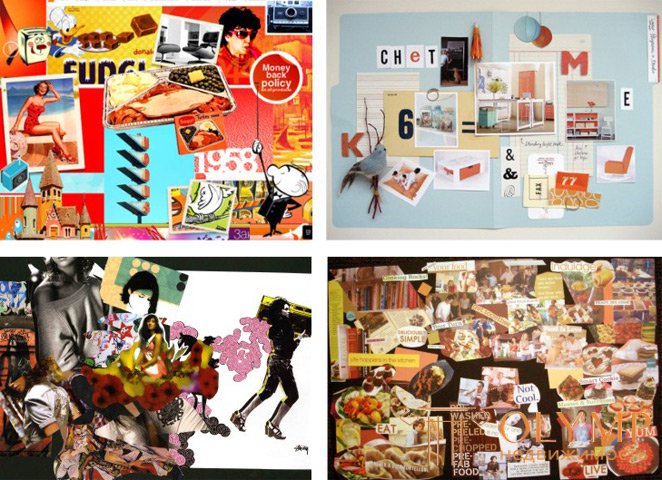
Design project development
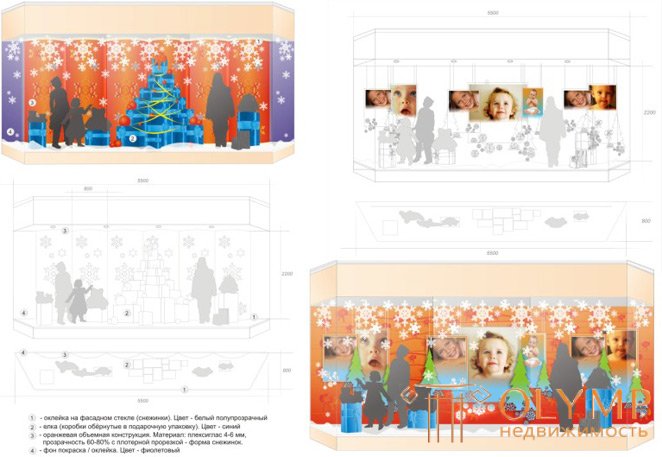
Preparation of visual and graphic blocks

4. Development of a conceptual idea of window dressing
When developing a concept, you need a description and choice of an emotional idea! ! ! That it will form the basis of the entire display of exposition. For example , the desire to possess emotion. This unit says: - that it is here that the goods are not stale, it is necessary to have time, because it is this that is so relevant and fashionable this season!
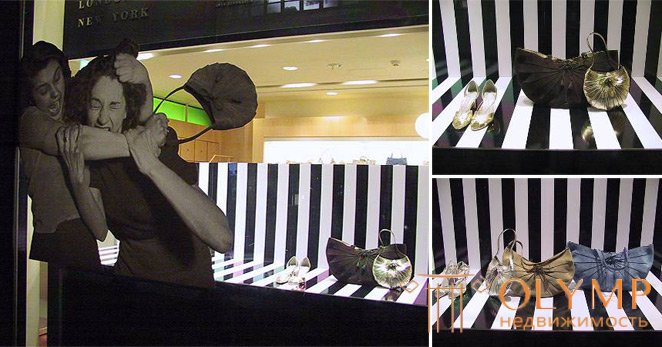
Creating an emotional background
The principle of selective perception: the buyer obeys the main motive , choosing those environmental signals that have the greatest emotional interest .

Photo motive is an increase of 25% of visitors and 40% of the target group
The principle of selective perception:
- Security motive
- Social motive.
- Alpha motif.
- The motive of the discoverer .
Safety motive
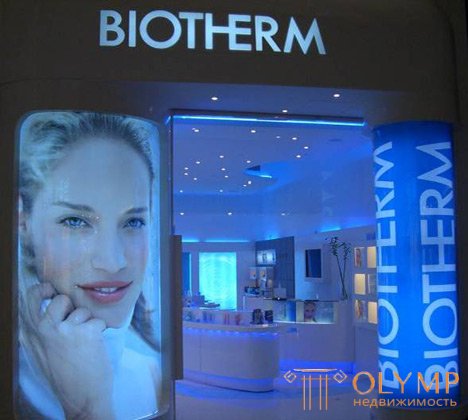
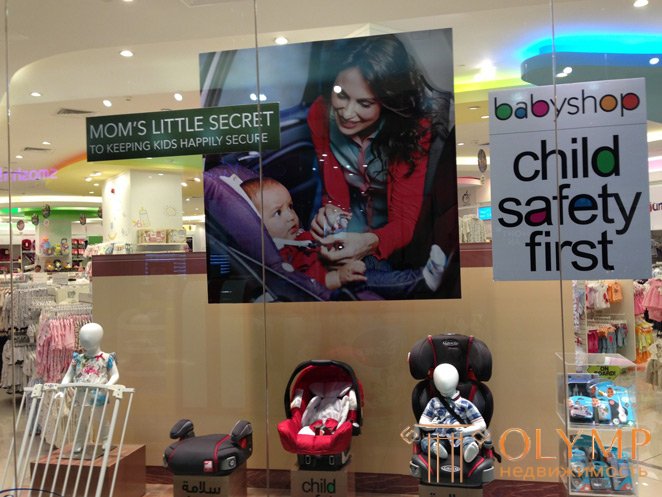
Social motive
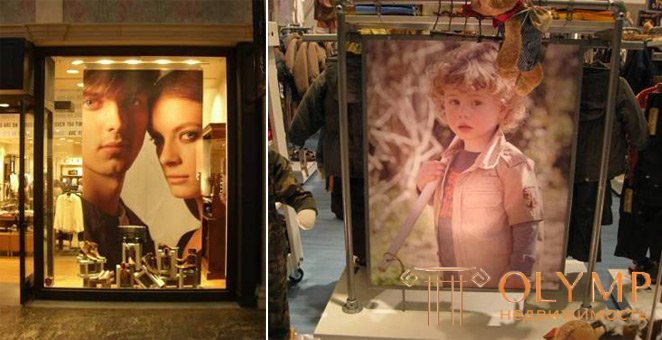
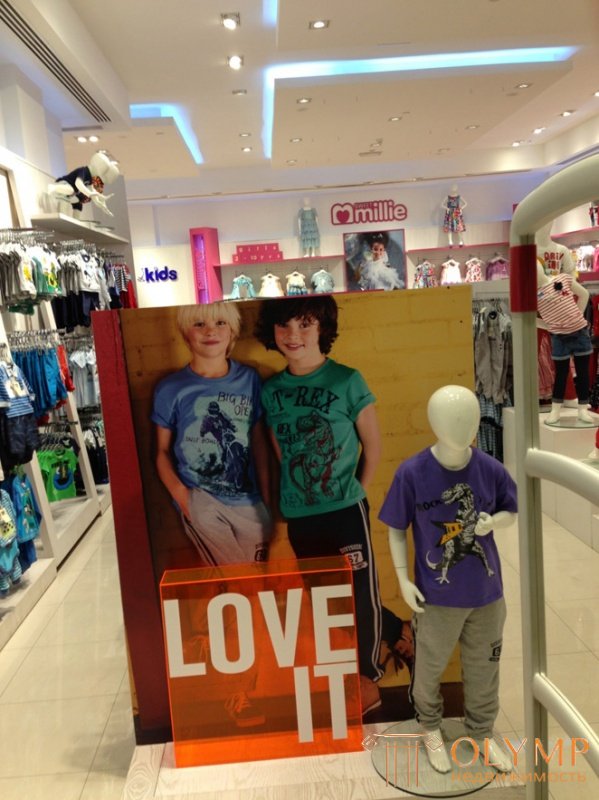
Alpha domination motif

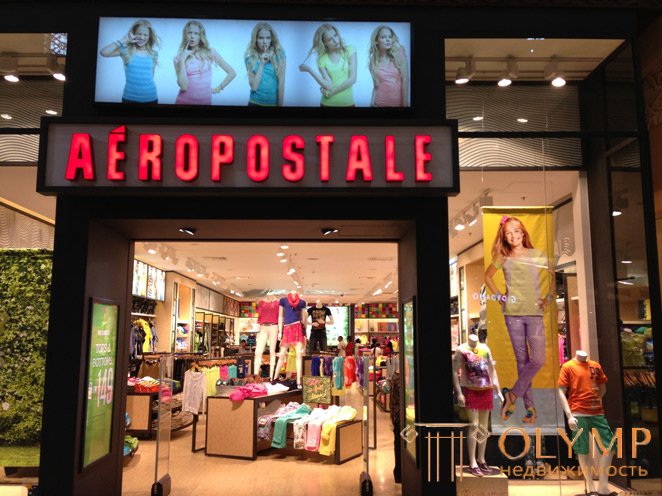
Pioneering motif
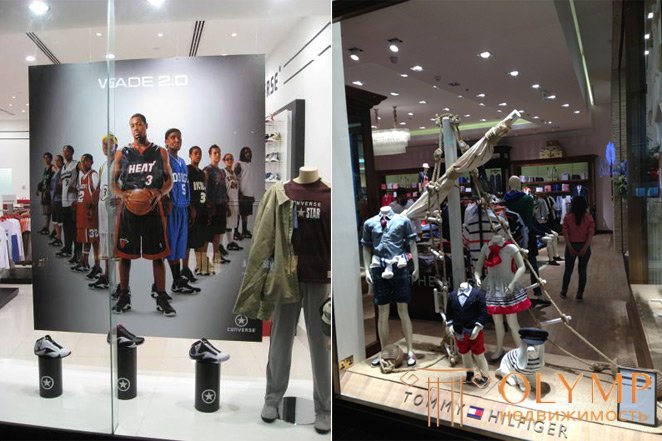
Let us examine the purity and clarity of the window!

The composition and color scheme of the exposure
Horizontal composition - the effect of balance and serenity, a positive effect on the viewer, so they are always well perceived. Planned presentation of the product offer is clearly defined: bags (main goods) , shoes (accessories) and an associative poster (buyer). The specified rhythm in the showcase, with the help of alternating presentation blocks, gave the showcase dynamism, which contributed energy to its construction.
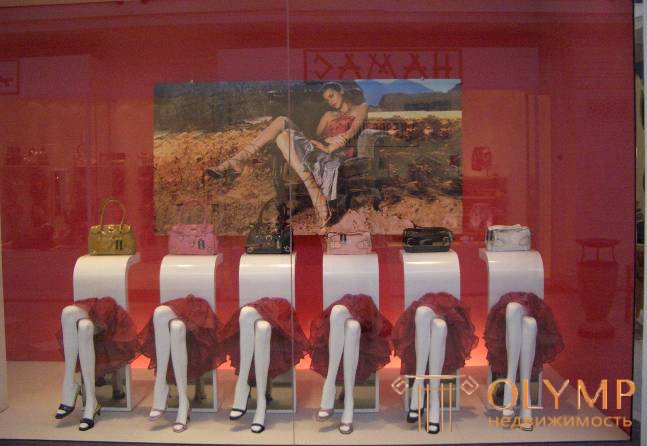
In contrast to the static composition, dynamics , causes more interest and attention. Despite the fact that in the compositional basis the symmetry approach was applied, with the help of properly selected content, we managed to achieve a dynamic perception: the models of the dummies were fixed in motion, plus a decorative additional, associative element — the fan. The emphasis on the main thing - right now in the store is selling!
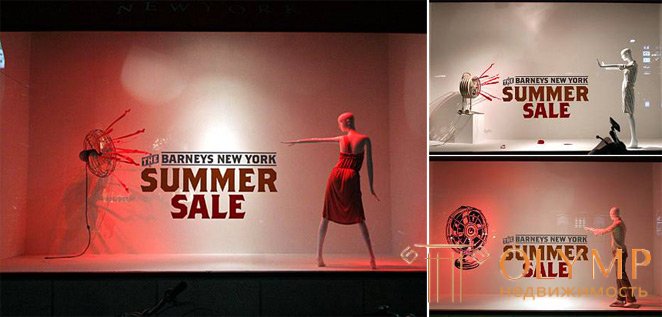
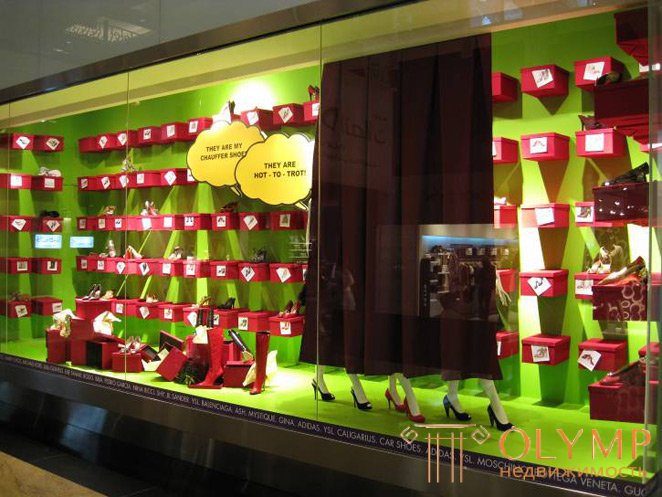
The Role of Lighting in a Display Exposure
- Emphasizes the merits of goods.
- Creates special effects.
- Determines the mood.
- Gives a dynamic exposure.
The role of lighting in the display exposition, the types of illumination, the overall composition of lighting
Illumination of shop windows is necessary in the dark, as well as it is used to create special effects, dynamic exposure.
Three basic types of lighting are adopted:
- Uniform, diffused light. With proper organization, it uniformly illuminates the entire exposure, preventing the appearance of ugly shadows that distort the composition. Luminescent lamps with a high color rendering index or classic incandescent bulbs are used.
- Directional light is the work of a light beam and a spot. The active work of the light, all the basic techniques and patterns are taken from scenography. Light emphasizes the most significant compositional elements, creates a variety of effects: contrast or nebula images. It is very advantageous to use halogen and metal halide lamps, which provide point lighting and a large selection of brightness and width of the light flux.
- Artistic lighting with neon and LED lights. Color lighting can be fully used. Used in combination with other types of lighting to create bright and dynamic compositions.
| Uniform, diffused light | Directional (accent) light |
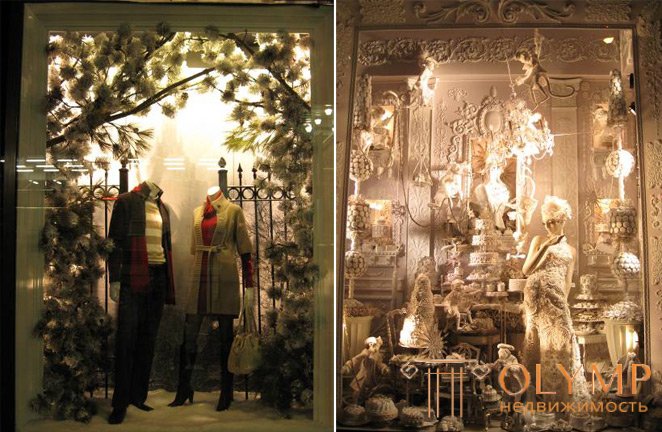
Art light. In the absence of a standard set of Christmas paraphernalia, the spirit of the holiday is transmitted through the use of color light filling . Periodic change of color flow works as an irritant and accordingly draws attention to itself.

5. Elements of window decoration.
- Mannequins .
- Various coasters for products . There are no restrictions here - both standard and exclusive designer coasters, hangers, podiums of special design can be used.
- Jumbo boxes - enlarged copies of goods or dummies . They are made according to the sketches of window designers or are provided by manufacturers of products for promotional purposes. The use of the jumbo is designed for the person to remember the package and subconsciously search for it on the counter.
- Any additional components - phytocomposition, furniture, souvenirs, fabrics, accessories. Elements of glass, stone, wood, plastic, metal.
- Printing products . Printing is considered the most budget option, but it can be spectacular.
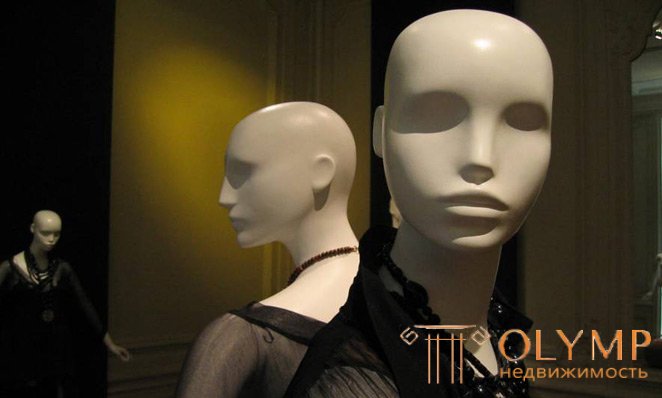
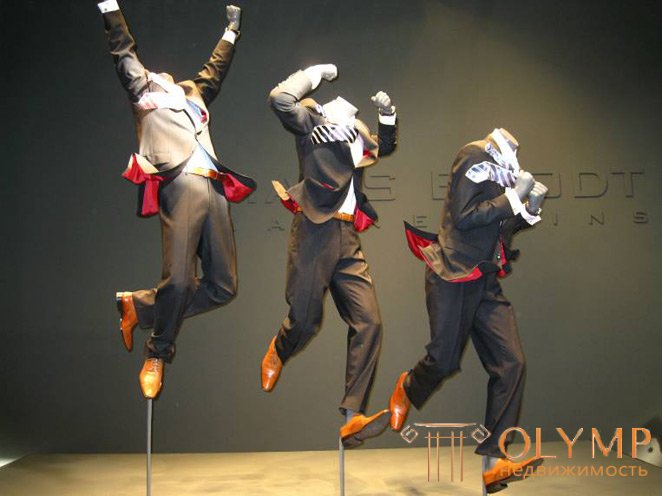
Properly selected, placed and dressed mannequins can increase sales by 15-20% .
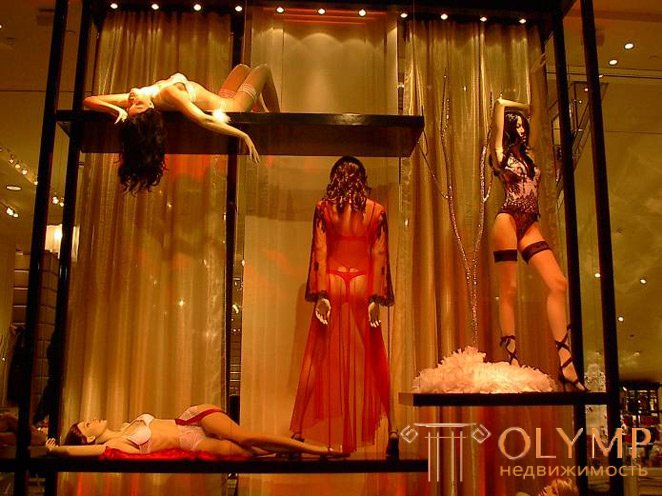
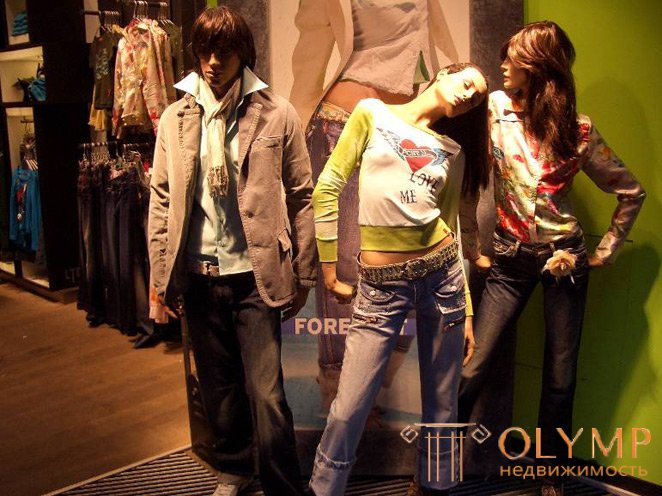
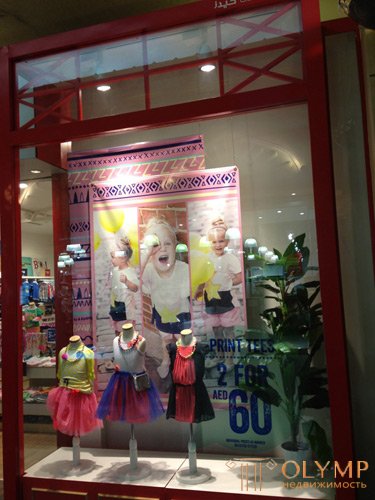
Mannequins are naturalistic. Repeat the structure of the human body, are made, as a rule, from plastic of natural colors. The face is accurately traced, there is a make-up, wigs, manicure. Mannequins are rich in poses, hairstyles, facial expressions. Often used human prototype
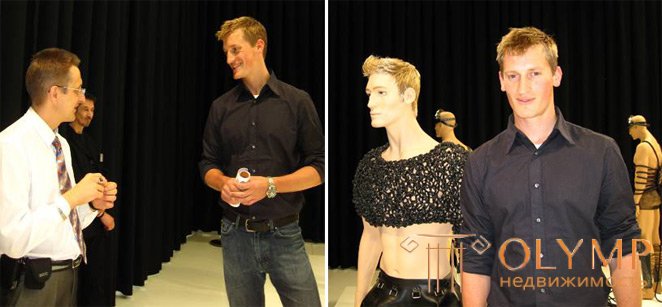
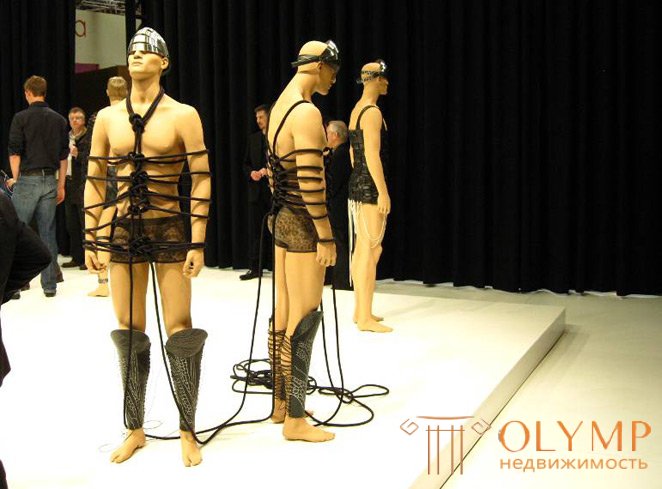
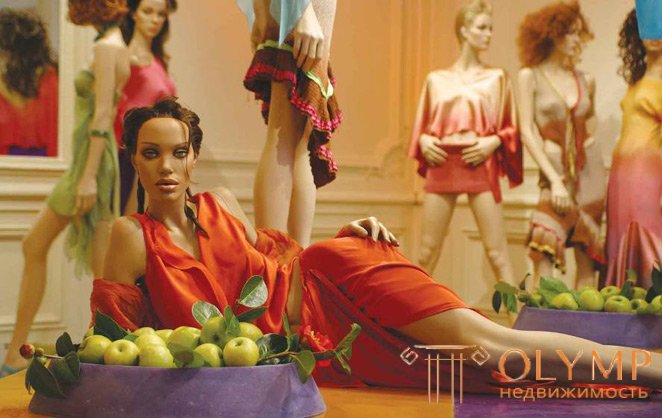
6. The basic rules for the design and management of windows
- Display window design should have a direct impact on the target audience of the store . Competently conducted marketing research reveals socio-demographic groups and psychological characteristics of potential buyers.
- Storefront design should support the store's corporate identity . Thus, the facade of the store works around the clock to promote the brand. It is important to correctly use the color in the design of shop windows. To be guided by the choice of the color range of the store's corporate style.
- Be sure to use the backlight for shop windows . Light is a very powerful means of attraction. Attraction of attention in shop windows (exterior windows of shops and shop windows of an internal facade in a shopping center) is carried out with the help of fixtures of mainly direct light in the upper part of shop windows and local light accents created by directional local illumination of goods. Using lighting creates an expressive image of the facade of the store in cloudy weather, in the evening and at night. During the day, the backlight is necessary if the window glass is installed at the wrong angle and glares.
- When designing a shop window, it is necessary to correctly estimate the distance to the pedestrian . If there is some distance between a pedestrian and a shop window, for example, a landscaping strip with a width of more than 2 m, then it is necessary to fill the entire window space artistically. If the passers-by are close to the window, then you need to pay special attention to the middle of the lower part - psychologists say that this area is given about 10 times more attention than the rest.
- Exposure in the window should be changed regularly . It is necessary to change the exposure regularly - the usual showcase is not surprising and does not attract attention, and therefore useless. Seasonal, festive, exclusive changes of the storefront design were adopted.
- When approving the design of the showcase, it is necessary to take into account the degree of resistance to external influences of all materials used . Especially display exposures are subject to fading. The use of solar glass helps to protect products, dummies and mannequins displayed in the window. At the same time, it is necessary to be careful about designing windows with tinted glass - colored, bronze, because unpleasant visual effects in the interior are possible.
- Well-groomed appearance - a prerequisite for an attractive storefront . Structurally, the showcase should be designed in such a way that it is convenient to serve it.
- In winter, it is necessary to protect the glass of the showcase from icing . Different methods are used - glass coating with special substances, air heating device.














































































Что бы оставить комментарий войдите
Комментарии (0)